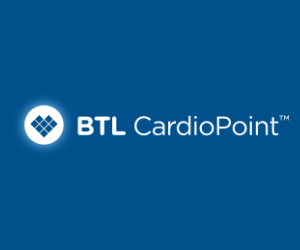Treatment of chronic heart failure with a special emphasis on new medications
The main goals of treating heart failure are clinical improvement or reducing symptoms of heart failure, and prolonging life of patients with a lower rate of hospitalization. The treatment for chronic heart failure consists of nonpharmacologic, pharmacologic and invasive procedures, the first of which includes fixing the factors that led to heart failure, weight reduction in obese individuals, adequate physical activity, correction of valvular defects, coronary heart disease, hypertension, arrhythmia, anemia, etc. Pharmacological therapy consists of the administration of medications that primarily reduce the symptoms of heart failure (digitalis, diuretics) and medications that contribute to a longer and better survival rate of patients (beta blockers, vasodilators, aldosterone antagonists). Invasive therapy for heart failure consists of administering pacemakers, particularly resynchronization, implantable cardioverter-defibrillators, and in the final phase the devices that support the work of the ventricles, as a bridge toward heart transplantation, which is resorted to when other therapeutic options have been exhausted. While the treatment of chronic heart failure with a reduced ejection fraction (EF) is relatively well-tested and based on controlled clinical trials, the treatment of heart failure with a preserved EF is much less studied and is largely based on experience. Recently, the results of a clinical trial have been published, of a new medicine LCZ696 in comparison with standard doses of enalapril, which indicate superiority of this medicine and open up new possibilities in the treatment of chronic heart failure.
Key words:
heart failure – cronic; invasive procedures; non-pharmacological process; therapeutics





